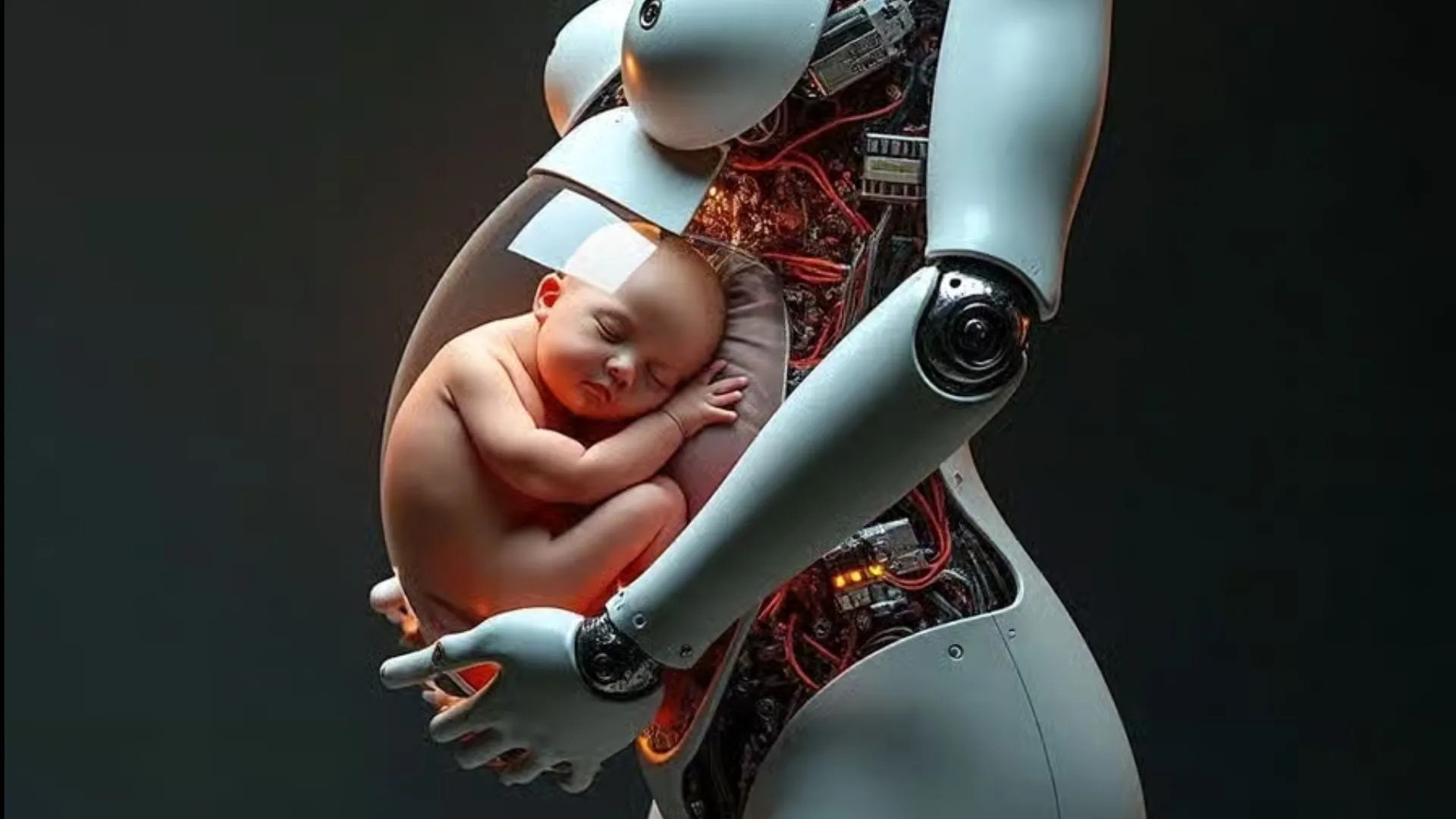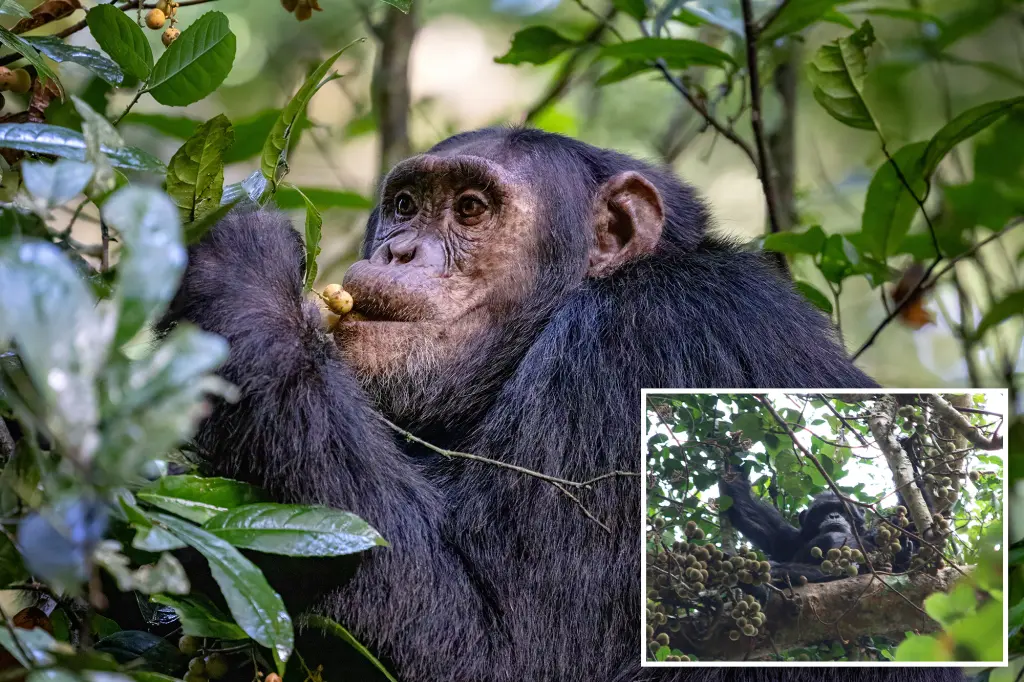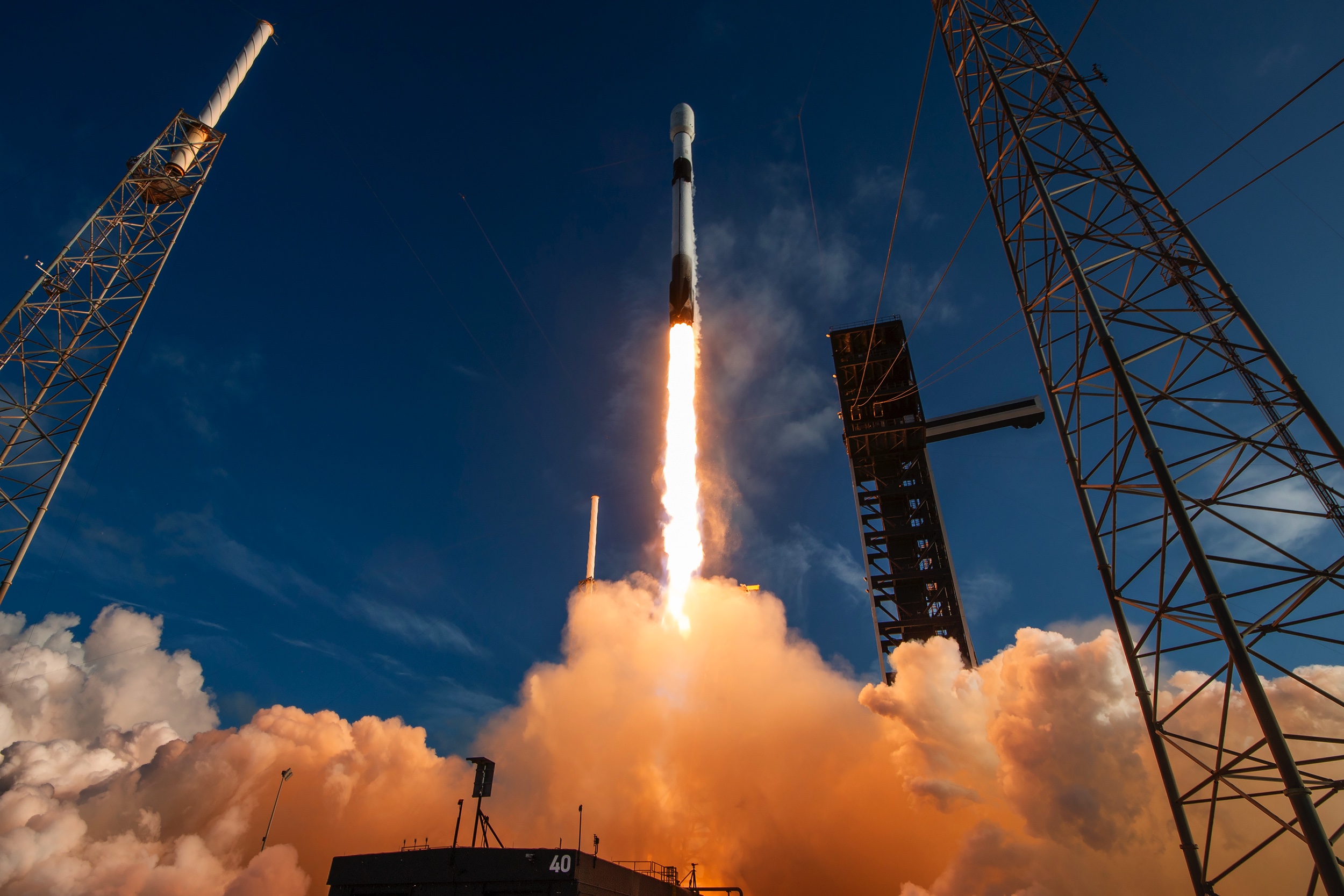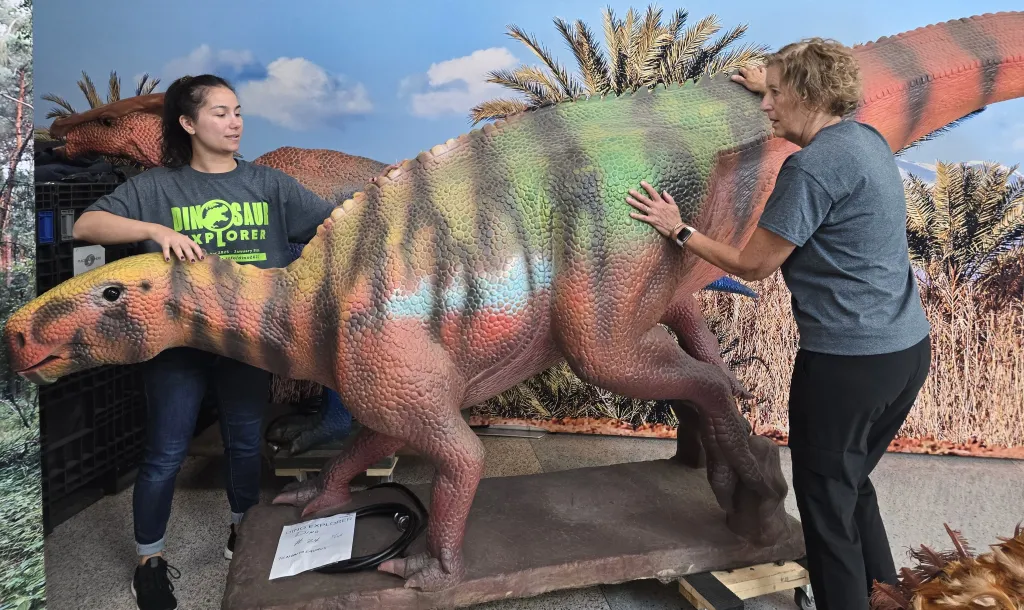
Earlier this month, the claim that a Chinese firm called Kaiwa Technology had built a humanoid “gestation robot” grabbed significant media attention. It was a provocative technological promise and striking imagery that included a life-sized humanoid with an artificial womb embedded in its abdomen that could carry a human through ten months of gestation and deliver a baby.
The inventor, named in several versions of the story as Zhang Qifeng, later found to be non-existent, was reported to expect a prototype within a year and a retail price below 100,000 yuan (Around $13,900). That combination of near-term timelines, a low price tag, and dramatic AI-generated visuals helped the story catch fire across social and mainstream outlets.
The coverage reached many readers and was republished in several places, including the Daily Mail and Newsweek. We picked up the key facts at Interesting Engineering before they were found to be fabricated. Still, its attention opens up an important discussion: what would it take to build such a system, and how far has science come toward that goal?
Debunk: what the checks actually found
Independent fact-checking turned the sensational narrative into a simple verdict. The story was a Hoax. Snopes’ investigation found that many images circulating online were AI-generated and that the supposed inventor could not be verified as a legitimate academic or researcher. Several of the initial news stories were later removed. Snopes reported that the claim lacked verifiable evidence and that the images were manipulated.
Live Science contacted Nanyang Technological University and quoted an NTU spokesperson saying, “No one by the name of ‘Zhang Qifeng’ graduated from NTU with a Ph.D.,” and that no such gestation-robot research had been carried out there.
In short, the narrative of a working humanoid pregnancy machine rested on an unverifiable individual, manipulated images, and rapid amplification by outlets that did not confirm institutional backing. Because Snopes and Live Science contacted NTU separately and reached the same denial, the claim fails basic verification tests, which is not a minor error but a core authenticity issue.
A story spreads fast when it offers a neat technological fix to complex human experiences. The original reports offered a tidy storyline. A humanoid with an implanted artificial womb, a near-term prototype, and a consumer price point. The widely shared images and the recycled quotes gave the appearance of proof even when the factual pillars were missing. The claim’s virality was based on aesthetics and narrative rather than evidence.
The real technical and biological challenges
Suppose we strip away the hype and ask instead what would actually be required to carry a human safely from conception to delivery in an artificial machine. In that case, the answer is not a list of clever gadgets but a long series of high-stakes biological problems, all interlinked.
Replicating the placenta’s complex role
The first and most fundamental barrier is the placenta. In a natural pregnancy, the placenta is more than a conduit. It is a living, adaptive organ that controls oxygen delivery, nutrient balance, waste removal, and the immune relationship between mother and fetus.
Creating an engineered substitute would mean building a continuous, fail-safe system of pumps, oxygenators, and microfluidics that can respond dynamically to a developing fetus’s metabolic needs over months. Lab experiments have connected umbilical vessels to animal oxygenation circuits for short periods. Still, those demonstrations are not remotely equivalent to supporting a human fetus through the full course of gestation.
Recreating the amniotic environment
Closely linked is the need to recreate an accurate amniotic environment. Amniotic fluid does mechanical and physiological work. It cushions the fetus, transmits pressure and movement cues that aid lung and musculoskeletal development, and helps regulate local temperature and chemistry.
Temporary “biobag” systems for animal fetuses show how a fluid environment can preserve delicate tissues, but maintaining the correct fluid composition, pressure, and thermal stability for months, while preventing toxic buildup and ensuring healthy mechanical stimulation, is an engineering problem of a different order.
The problem of infection control
Infection control is essential to any attempt at artificial gestation. The womb is a largely sterile environment, and once gestation involves external tubing, sensors, and ports, every interface becomes a potential entry point for microbes. Preventing invasive infection for nine months while allowing continuous monitoring and necessary access is a level of sustained sterility and biosecurity that current prototypes do not and cannot demonstrate at scale.
The missing hormonal dialogue
Hormonal regulation presents another deep challenge. Pregnancy is regulated by shifting levels of progesterone, estrogen, and placentally produced factors that coordinate growth, immune tolerance, and the timing of birth. Those hormones are not static inputs that can be dosed once. In fact, they are a staged, feedback-driven orchestra. No artificial system to date has shown the ability to replicate that dynamic endocrine dialogue, which is essential not only for growth but for organ maturation and the coordination of birth.
Supplying immune protection
Immune protection is an additional and non-trivial requirement. Mothers transfer antibodies and immune modulators to their fetuses, providing critical protection at birth. A machine that isolates a fetus from maternal circulation would need a mechanism to supply equivalent immunological coverage or risk leaving newborns dangerously vulnerable on first breath.
The challenge of birth itself
Finally, there is the transition from liquid support to independent life. Birth is a rapid physiological overhaul. Lungs expand and begin gas exchange, the circulatory system reroutes as placental shunts close, and the baby must regulate temperature and begin feeding. Engineering a reliable and safe version of that transition from an artificial, long-duration liquid environment into air breathing is not a simple mechanical step. It is a clinical challenge heavy with risk and uncertainty.
Where research actually stands right now
Progress that exists is real but narrowly scoped. Teams working in neonatal and fetal medicine are focused on a practical goal. They are improving outcomes for extremely premature infants, not replacing pregnancy entirely. Experimental systems have supported premature lambs in liquid environments for days or weeks by connecting umbilical vessels to external oxygenation circuits. At the same time, the fetus remains enclosed in a sterile fluid chamber.
The Children’s Hospital of Philadelphia’s extra-uterine support systems and the recently developed European “fetal liquid incubators” show that parts of the physiology can be supported outside the mother for short windows. Those efforts are significant for neonatal care, offering potential to save babies born far earlier than modern neonatal units can currently manage. However, they operate on timescales with end goals that are very different from a full, human-term ectogenesis machine.
Live Science framed this distinction clearly and quoted Dr. Harvey Kliman, director of the Reproductive and Placental Research Unit at Yale University School of Medicine, who put it bluntly. “Should we do it? My answer would be categorically ‘no,’” a caution that tempers technological fascination with ethical and practical concern. The existing experimental work shows how complex and delicate fetal physiology is, and why incremental, clinically focused research remains the responsible path forward.
The image of a humanoid carrying a baby is powerful, but power does not equal proof. At the same time, legitimate research advances the technical pieces of fetal support in carefully controlled, short-term contexts with clear medical aims. Those advances are valuable and rooted in evidence.



